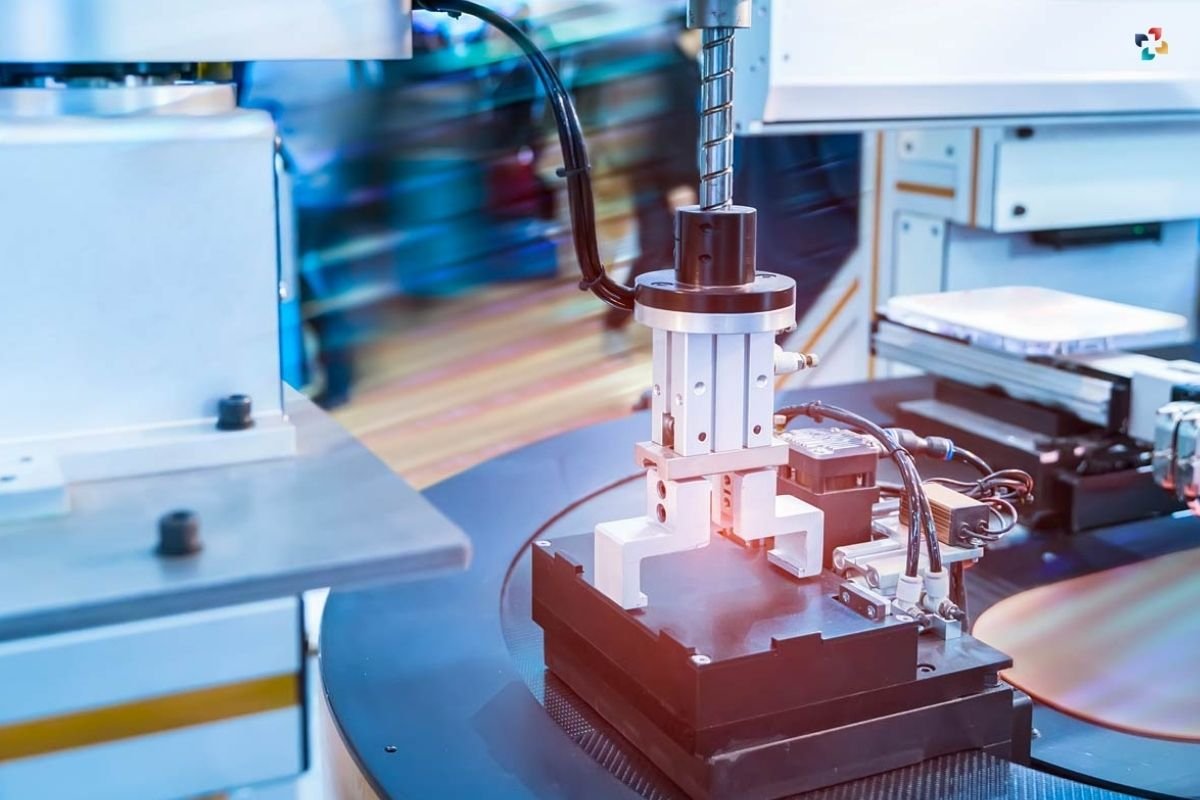Recent years have seen a significant increase in the number of shifts that occur within the applications of Robots in the Pharmaceutical Industry. Because of how rapidly the world has been changing, businesses have had to modify their procedures to stay up.
Robotics is one of the primary technologies that pharmaceutical businesses are using to maintain their position at the forefront of the industry. The adoption rate of applications of Robots in the Pharmaceutical Industry is now greater than that of other industries, as stated in research that was published not too long ago.
When you look at this trend, you may be asking yourself, “Should my organization include more robots in our operations?”
You may have worked with robots in the past, but it’s also possible that this is the first time you’ve considered using them. In any case, it might be challenging to determine which application would allow you to get the most benefit from your financial commitment.
Here are 6 applications of robots in the pharmaceutical industry:
1. Select and Set in Position
The process of shifting things from one location to another is what “pick and place” refers to, as the name indicates. This may include transferring things from a conveyor into a work area, sorting objects for further processing, or any other activity of similar kind applications of Robots in the Pharmaceutical Industry.
Work that falls under the category of “pick and place” includes, among other things, the organization of syringes for packing, the organization of bottles of medication, and the removal of faulty items during inspection.
2. Inspection
Inspection is difficult to work in any sector, but for a pharmaceutical firm, the consequences of uneven inspection might have a cataclysmic effect on the business. Applications of Robots in the Pharmaceutical Industry are a fantastic tool for enhancing the level of uniformity achieved in inspection jobs. One example of an inspection duty would be to make sure that each compartment of a blister pack has the appropriate amount of product.

3. Putting Caps on Bottles
Capping bottles is a typical activity in various pharmaceutical organizations, and the use of robotics in this process has been attempted and proven. The process of capping bottles with a robot has the potential to be both quicker and more consistent if the correct robot, end effector, and sensors are used in the applications of Robots in the Pharmaceutical Industry. Putting the caps on the medicine bottles is an example of a work that falls under the category of “bottle capping.”
4. Dispensing
People don’t often think of a robot being able to do the duty of dispensing. However, robotic dispensing is used in a variety of contexts, from the applications of Robots in the Pharmaceutical Industry. Either the tool for dispensing is permanently attached to the robot, or the robot moves containers while a machine is doing the dispensing. Filling syringes with medicine is an example of a work that falls under the category of “dispensing.”
- pharmaceutical industry
- Robotics
5. Machine tending

Applications of Robots in the Pharmaceutical Industry, there are a significant number of equipment that can operate in a semi-autonomous capacity. In most cases, a human operator is required to load and unload these items. Nevertheless, the individual is not making the most of their time by doing this.
When it comes to caring for machines, the applications of robots are by far the superior choice, since it frees up human workers to focus on more valuable responsibilities. One example of a work that falls under the category of “machine tending” is the act of feeding samples into a testing machine.
6. Packaging

Every product that leaves your establishment must have its packaging. Within applications of robot pharmaceutical firms, there are often several different options to delegate packaging responsibilities to robots. Putting things into individual bags, putting products into trays, and stacking boxes onto pallets are all examples of jobs that fall under the umbrella term “packaging.”
Bottom Line
Years ago when people had predicted a robotic future, it seemed like a far-fetched idea. Mostly because the development of robots was in the initial stages. But now with technological advancements, every thought has turned into reality. Robots in the pharmaceutical industry have proven to be much more useful. Robot applications have made processes easier and faster, and this has helped innovators in the pharma industry to advance their treatments efficiently. Robots are here to stay, and it can only mean an efficient future for the industry.









